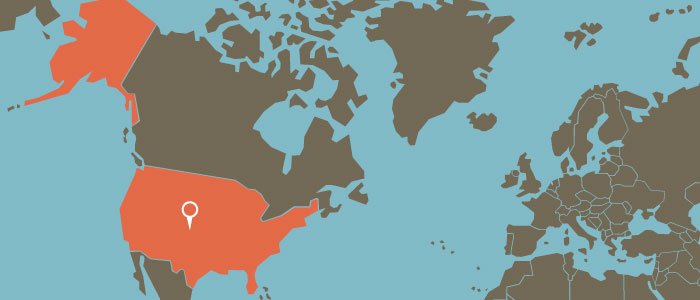Delivering on foreign assistance transparency
As a co-founder of the Open Government Partnership, the Obama Administration presented its first National Action Plan (NAP) in 2011. Importantly, this plan included the commitment to “release and implement government wide reporting requirements for foreign aid.” The OMB bulletin released in September 2012 met the first half of this commitmentOGP commitments are promises for reform co-created by governments and civil society and submitted as part of an action plan. Commitments typically include a description of the problem, concrete action... unambiguously. The second part of the commitment – actual implementation – has been slow and at times a difficult process to coordinate and to follow.
Nobody said that opening government would be an easy process. In fact, the OGP calls for governments to show ambitionAccording to OGP’s Articles of Governance, OGP commitments should “stretch government practice beyond its current baseline with respect to key areas of open government.” Ambition captures the po... that “builds upon existing efforts and stretches governments beyond their current baseline.” Indeed, the U.S.’ original commitment to foreign assistance transparencyAccording to OGP’s Articles of Governance, transparency occurs when “government-held information (including on activities and decisions) is open, comprehensive, timely, freely available to the pub... More met this “stretch test”. Two years later, however, implementation remains an issue.
The original NAP commitment also specified that this foreign aid information must be “internationally comparable”, which will add huge value to the U.S.’ own data. This promise was made explicit when the Administration signed the International Aid Transparency Initiative (IATI), which provides this internationally comparable data standard. Publish What You Fund has assessed all implementation schedules published as of March 2013 and we have concluded that USG will publish less than one third of the IATI fields (31%). The U.S. schedule also fails to specify which agencies will publish which fields to the standard and when. This jeopardizes not just the full delivery on the OGP commitment but also the quality of the information published and the accountability of individual agencies – whose progress is clearly uneven.
Progress is particularly uneven when it comes to data quality and timeliness – two crucial elements for making aidMore and better information about aid helps partner countries and donor institutions plan and manage aid resources more effectively, parliaments and civil society to hold governments accountable for t... information useful. We hope that the new NAP due to be presented at the OGP London Summit in October not only includes a foreign assistance commitment but goes beyond the original goal. It should aim to deliver efficiently and effectively on implementation and take a more ambitious approach to foreign assistance transparency. Particularly given its role as an OGP co-founder, the U.S. can and should lead on this agenda as part of its commitment to transparency around the world.
Publish What You Fund’s 2013 Aid Transparency Index (ATI) will be launched in the run-up to the OGP Summit. We’ll see to what degree individual agencies have embraced the challenge of transparency. As specified in the various U.S. policy pronouncements, individual agencies play an important role in delivering on their own data, and those efforts need to persist. But agencies will also need continued support and leadership from the Administration. The State Department, OMB, and the White House’s Office of Science and TechnologyMaintaining the integrity of the scientific process — through open science, training, and rigorous evaluation criteria — is critical to ensure accurate health policy and strong public trust in gov... have a choice to make. Will they finish what they have started?

